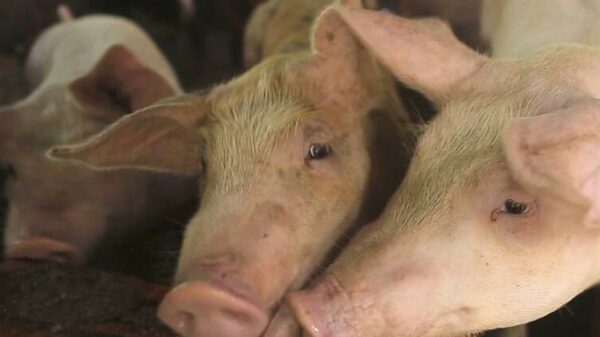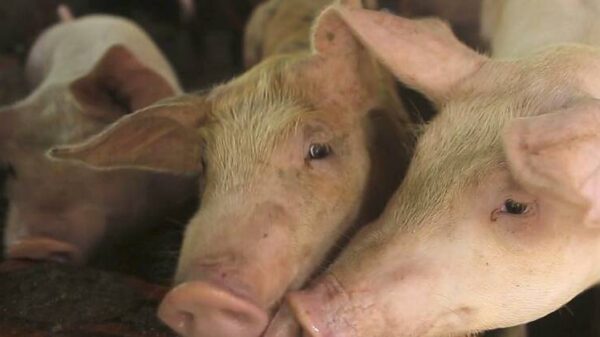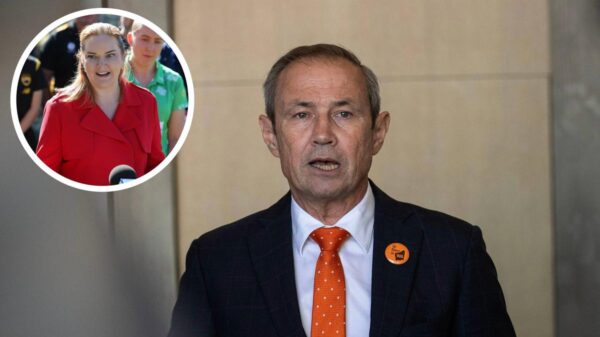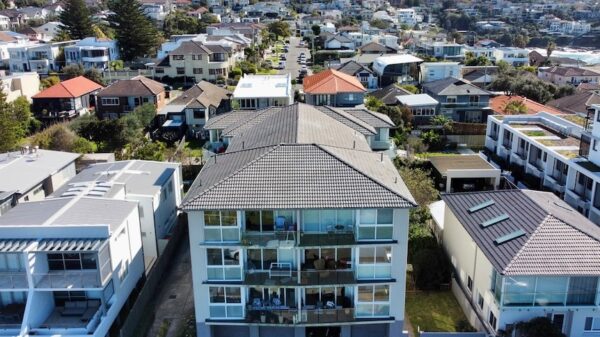The Albanese government has announced the termination of a three-year freeze on pension deeming rates, a move that will result in reduced income for many Australian retirees. Social Services Minister Tanya Plibersek revealed the policy change in a statement on July 1, 2023, coinciding with the government’s economic roundtable discussion. This shift marks the end of a policy introduced by the former Morrison government during the early stages of the COVID-19 pandemic.
Under the revised policy, the “deemed” return on investments for age pensioners, including self-funded retirees, will rise from 0.25 percent to 0.75 percent. The adjustments come after more than five years without any changes and are set against a backdrop of declining interest rates on savings accounts. Consequently, seniors may react unfavorably to these alterations, particularly given previous concerns regarding stagnant deeming rates back in 2019.
The end of the freeze follows a significant period during which deeming rates were held at what Plibersek described as “artificially low” levels. This deliberate setting was maintained to provide financial relief for pensioners and other income support recipients as the economy began to recover post-pandemic. According to Plibersek, the government aimed to “help shield age pensioners” during a challenging economic climate.
The process of deeming simplifies how the government calculates income for pensioners by applying a uniform return on financial investments, rather than requiring detailed reporting of actual income earned. With the adjustment of deeming rates, individual age pension payments will vary depending on the financial assets held by each retiree.
Implications for Retirees and Future Economic Adjustments
The implications of this policy shift will be felt across the country, particularly among the growing population of retirees. Many seniors depend on the age pension to maintain their standard of living, making the adjustments to deeming rates a critical issue. As interest rates on savings accounts continue to decline, the increase in deemed rates may lead to further frustrations among retirees, who have fought for more favorable financial conditions.
The decision to adjust the deeming rates also reflects a broader economic strategy, as the government evaluates various aspects of financial policy in response to changing market conditions. With bank deposit rates rising in alignment with the official cash rate, the government’s approach to deeming rates may evolve further in the future, especially if economic conditions change.
In summary, the Albanese government’s recent decision to end the deeming freeze and adjust rates for age pensioners signifies a notable shift in policy that may affect many Australians. As the government navigates the complexities of economic recovery and pension support, the impact of these changes will be closely monitored by both retirees and financial analysts alike.































































